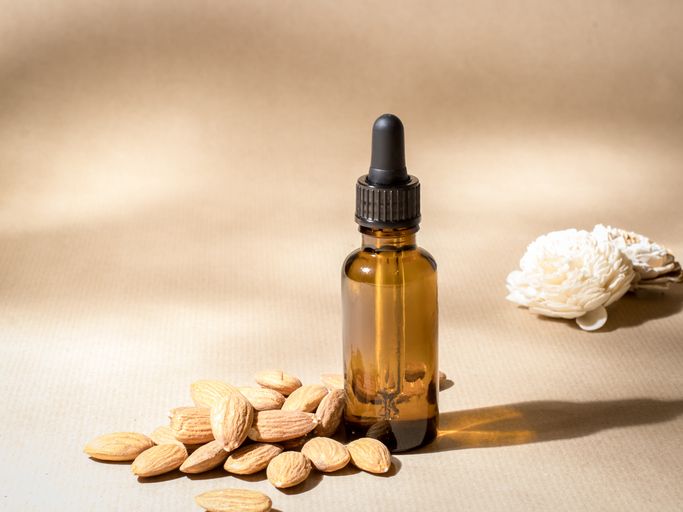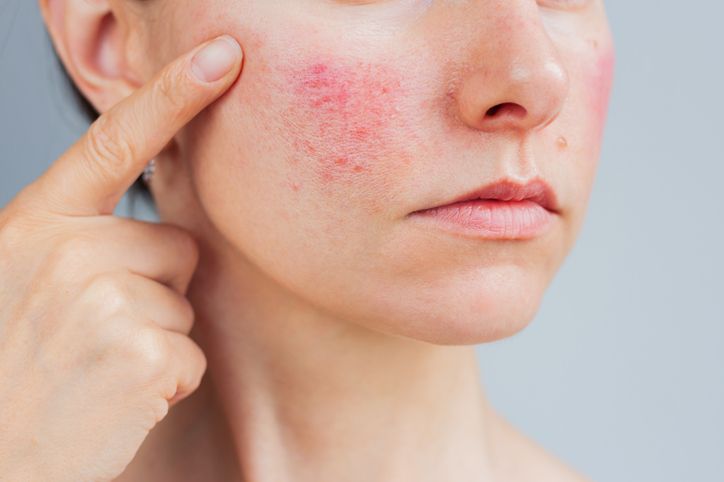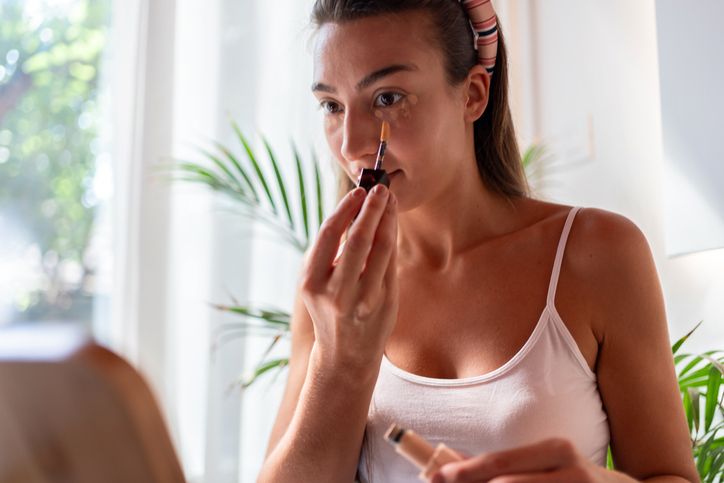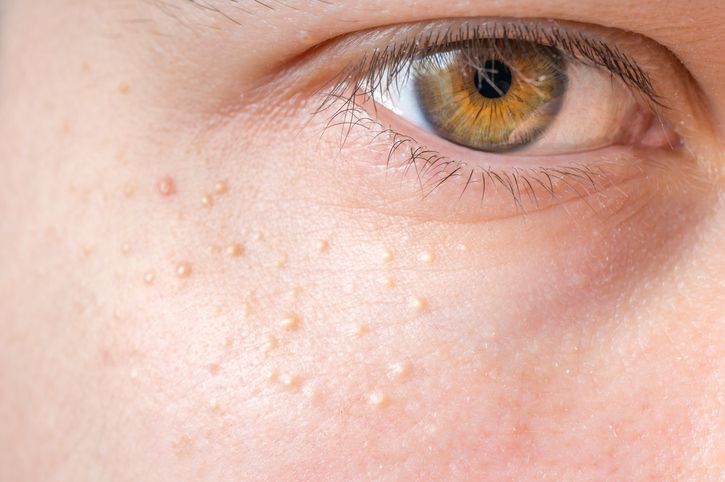- Home
- Trend
- Weight Loss Strategies
- Acne Tips
- Hair Health Information
- Blemish Removal Tips
- Acne Scar Removal Tips
- Muscle Building Techniques
- Intimate Care Tips
- Postpartum Intimate Care
- Eye Bags Wiki
- Tips for Face Slimming
- Secret of Permanent Hair Removal
- Breast Enlargement Tips
- Cure to Snoring
- Marionette Lines
- Skin-Tightening Secrets
Hair care plays a crucial role in maintaining luscious locks for every woman. It’s not enough to focus only on cleansing the scalp and hair—without proper care and the right products, hair can quickly become frizzy, dry, or even break and fall out. With countless hair care products available on the market—like conditioners, hair masks, hair oils, and leave-in treatments—it’s important to make thoughtful choices. To achieve smooth, voluminous hair, you need not only the right routine but also a healthy scalp! In this article, we’ll show you how to identify your hair type and share the best home hair care tips!
Hair Care Is a Science: How to Identify Your Hair Type
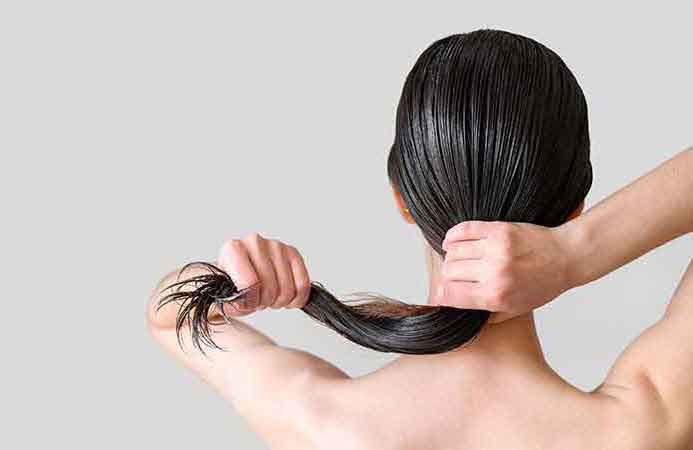
You’ve probably seen celebrities and influencers rave about different hair care products. But have you ever tried the same product only to find it doesn't work for you—or worse, it causes breakouts or oil bumps on your scalp? That’s because you must understand your hair and scalp condition before choosing a product. Everyone’s hair is different, and what works for others might not work for you.
There are endless types of hair care products, each designed for different issues. Besides the common classifications of dry, oily, or normal hair, you can also distinguish hair types by whether they lack moisture or oil. Identifying your hair type helps you choose the right solution to fix frizz, weakness, and limpness.
Hair Type 1: Lacks Moisture
Before anything else, determine if your hair is moisture-deficient or oil-deficient. Using the wrong product could waste your time and money. If your hair is prone to static, frizz, and looks dull, it likely lacks moisture.
Simple tip: drink more water daily to stay hydrated. Choose products with strong moisturizing ingredients to combat dryness, tangles, and dry scalp flakes.
Hair Type 2: Lacks Oil
If your ends look lighter, tangle easily, or are split, your hair may be oil-deficient. Severe cases might even show breakage.
Use hair oil, focusing on the ends, to replenish oil and repair split ends and breakage. Avoid shampoos with harsh cleansing agents, as they strip away natural scalp oils. Maintaining oil balance is key to healthy hair.
Hair Type 3: Lacks Both Moisture and Oil
If your hair has all the above issues, it lacks both moisture and oil—and needs urgent care! Aside from moisturizing and oil-replenishing treatments, also trim the dry, broken ends regularly. Use a powerful leave-in spray on your roots before shampooing to boost the effectiveness of your routine.
Why Use Hair Care Products?

Think of the scalp as an extension of your facial skin—it needs the same care and attention. Skipping hair care can leave your scalp and hair undernourished, causing dryness, frizz, split ends, and breakage.
Hair masks, conditioners, oils, and more all provide essential nourishment, just like your skincare routine includes serums, creams, and masks beyond face wash. Hair care molecules are often smaller and more concentrated, allowing them to penetrate deep into the hair shaft to repair damage and restore nutrients.
After shampooing, your hair cuticles are open. This is the best time for hair care products to penetrate and deliver nutrients. If you skip conditioning, cuticles remain open, leading to damage.
免費體驗
F8 Hair Regrowth Treatment
1 Minute Self-Registration
Date should not be before minimal date
Types of Hair Care Products
Once you’ve identified your hair type, it’s time to choose the right products. But standing in front of a shelf full of hair care items—masks, conditioners, oils, heat protectants—it’s easy to feel overwhelmed. What are the most commonly used products and how should they be used?
Product 1: Hair Mask
Hair masks work like face masks, delivering intensive hydration and smoothing benefits. Compared to conditioner, masks contain smaller particles and have stronger repairing power—perfect for emergency treatment of damaged hair.
After shampooing, apply a generous amount of mask to your hair. Massage gently with your fingertips to help the product absorb into the strands. Leave on for 5–10 minutes, then rinse thoroughly with warm water.
Product 2: Hair Oil
Hair oils are great for damaged, split ends. They provide intense moisture and can immediately tame frizz and restore shine. But avoid applying oil to the scalp, as the larger molecules can clog hair follicles and cause inflammation or acne.
Use a small amount and apply only to the ends or damaged areas. Massage gently until fully absorbed.
Product 3: Conditioner
Conditioner works like lotion in your skincare routine—locking in moisture and providing daily nourishment. While not as rich or repairing as masks, conditioner is essential. Usually applied after rinsing out a hair mask, choose the right amount for your hair length and thickness, and avoid the roots to prevent clogged pores. Since it’s lightweight, it’s suitable for daily use.
How to Choose the Right Conditioner
Since conditioner is used daily, it’s important to choose one suited to your hair type for better results. Different ingredients target different hair concerns. Here's how to pick the right one:
For Frizzy Hair
Choose a conditioner with silicone (dimethicone). Though controversial, silicone effectively smooths hair and prevents dryness. As long as you avoid applying it to the scalp, it won’t clog follicles. Silicone also seals the cuticle to reduce static and tame frizz.
For Fine, Limp Hair
Fine hair often looks flat and lacks volume. Look for conditioners with plant oils like coconut, olive, almond, or camellia oil. These moisturize without weighing hair down and help maintain bounce and elasticity—ideal for styling.
For Damaged Hair
If your hair is already weak and brittle, look for conditioners with glycerin, collagen, honey, or plant oils. These hydrate and repair while balancing moisture and oil. If you’re okay with silicone, it’s a good addition to lock in nourishment.
For Color-Treated Hair
Dyed hair becomes more alkaline and vulnerable to breakage. Choose a conditioner with hydrolyzed keratin and citric acid. Keratin repairs damage, while citric acid helps restore acidity and close the cuticle, bringing back smoothness.
For Sensitive Scalps
If you have a sensitive scalp prone to itching or acne, avoid silicone, preservatives, and tar. Using the wrong product can damage follicles and lead to hair loss. Always read labels carefully.
Hairstylist's Secret Hair Mask Technique! Instantly Fix Frizz!
Remember: you should apply a hair mask before conditioner. If you’ve ever felt like your mask isn’t working—or ended up with acne on your back afterward—you might be using it incorrectly. Here’s how professional stylists do it:
Step 1: After shampooing, squeeze out as much water as possible until your hair is no longer dripping. Step 2: For long hair, use about the size of a HK$5 coin; for short hair, half that. Rub the mask evenly between your palms and apply in two stages. Step 3: Bend slightly while applying to avoid product touching your back and causing acne. Step 4: Start with the ends, then gently work through mid-lengths to detangle. Use your palms to wrap the hair at the crown, letting your body heat help the product absorb. Step 5: This is the stylist’s secret trick—gather your hair and secure it with a clip. This allows even distribution and prolongs contact time for better absorption. Finish by rinsing thoroughly with warm water.
免費體驗
F8 Hair Regrowth Treatment
1 Minute Self-Registration
Date should not be before minimal date
3 Hair Care Tricks to Save “Straw-Like” Hair at Home
Many women are unsure about the correct order of using hair masks, conditioners, and hair oils. If you have the time and budget, visiting a salon for a hot oil treatment or Hair Spa is ideal. But if you're short on time or want to save money, why not invest in a good-sized product and do it at home? You can rescue your dry, straw-like hair anytime!
Step 1: Deep Oil Treatment
In addition to masks and conditioner, many women swear by hot oil treatments. Professional salon treatments use steamers to help nutrients penetrate deeply. These treatments often contain proteins, oils, and silicones to smooth raised cuticles and repair hair.
If you can afford it, get this done regularly at a salon. Otherwise, buy at-home treatment products with similar benefits and give yourself a DIY Hair Spa.
Step 2: DIY Hair Spa
Salon treatments work well, but not everyone has the time or money. Here’s a simple at-home method: combine hair masks and oils for a DIY Hair Spa. Even badly damaged hair can be revived without stepping out the door.
Hair Spa Step 1: Shampoo and Cleanse
Start by detangling and brushing your hair thoroughly. Then, rinse your hair with warm water at around 35–40°C to wash away excess oil and surface impurities on the scalp and hair.
Hair Spa Step 2: Deep Scalp Cleansing
Apply an appropriate amount of scalp scrub and gently massage it into your scalp in circular motions for about 2 to 3 minutes. Rinse thoroughly with warm water afterward. Regular scalp exfoliation helps remove dead skin cells, dirt, and residue, reducing the chances of clogged follicles and promoting a clean, healthy scalp. It's sufficient to exfoliate once a week—no need to overdo it.
Hair Spa Step 3: Hair Oil Treatment
Apply hair treatment oil evenly along the hair strands, focusing especially on damaged areas and the ends. Wrap your hair in a warm towel to simulate a salon-style hot oil treatment. Leave it on for 15 to 20 minutes to deeply nourish your hair.
Hair Spa Step 4: Rinse Off
Use a shampoo that suits your hair type to thoroughly cleanse your scalp and remove any residue from the treatment oil. It’s best to wash twice to ensure complete removal of buildup.
Hair Spa Step 5: Deep Conditioning
After shampooing, apply a deep conditioning hair mask evenly to your hair. Hair masks help replenish moisture and address common issues like dryness and split ends, making them especially beneficial for chemically treated or fragile hair. Leave the mask on for around 20 minutes, then rinse thoroughly with warm water—your hair will feel instantly more hydrated and glossy.
Proper Haircare Routine: Shampoo → Hair Mask → Conditioner → Hair Oil
Of course, you don’t need to do a full Hair Spa every day. If your hair isn't severely damaged, daily use of a hair mask isn’t necessary either. To maintain healthy, shiny hair in your daily routine, follow the correct sequence: after shampooing, use a hair mask if needed, followed by conditioner. Once your haircare steps are complete, apply hair oil to the ends before using a blow dryer to reduce heat damage. Stick to this routine, and every woman can enjoy healthy, glossy locks!
Choose the Right Hair Treatment for Serious Damage
For women with severely damaged hair and scalp, simple at-home care might not be enough. Since a healthy scalp is essential for beautiful hair, issues like sensitivity or weakness can make growing voluminous hair difficult. That's why advanced hair treatments are a smart shortcut to effective haircare!
Perfect Medical’s F8 Hair Regrowth Treatment uses 650nm low-level laser therapy (LLLT) technology to penetrate deep into the scalp, activating hair follicles and strengthening both the papilla and stem cells within. This promotes healthier hair regrowth. At the same time, the F8 treatment injects powerful nutrients into the scalp while removing dead skin and buildup, keeping follicles unclogged. With regular sessions, you can enjoy stronger, healthier hair—even if you don’t have time for at-home Hair Spa routines.
Haircare doesn’t have to be complicated! You can even try the F8 Hair Regrowth Treatment for free—just register in one minute to enjoy your free session at Perfect Medical.
Try Now: Perfect Medical F8 Hair Regrowth Treatment免費體驗
F8 Hair Regrowth Treatment
1 Minute Self-Registration
Date should not be before minimal date
FAQ

What’s the difference between a hair mask and conditioner?
Think of a hair mask like a facial mask—it provides a more intensive dose of hydration and nutrients to your hair in a short time. Compared to conditioners, hair masks contain smaller repair particles and offer stronger repairing power, making them ideal for damaged hair in need of extra care. On the other hand, conditioner works more like a moisturizing lotion, locking in moisture and providing ongoing hydration. While not as rich as a hair mask, conditioner is an essential part of any haircare routine.
How should I protect my hair before using a flat iron?
Many women frequently use heated tools like curling irons or flat irons, which can damage hair over time by stripping it of moisture. To prevent this, apply a heat-protectant hair oil or serum before styling. This will create a barrier to shield your hair from heat damage.
What products help with frizzy hair?
If you struggle with frizz, try a silicone-based conditioner. Frizzy hair often builds up static, which can be frustrating. Silicone-based products help smooth the hair cuticle, reducing frizz and preventing static. While many modern hair products avoid silicones, they’re still very effective for taming dryness and smoothing hair. Just make sure to avoid applying silicone-rich conditioners directly to the scalp, as they can clog hair follicles. Used correctly, they can leave hair smooth and well-conditioned.
Why does conditioner sometimes cause scalp acne?
Conditioners are designed to hydrate and lock in moisture. However, those that contain silicones can clog hair follicles and trap dirt, creating an environment for bacteria to grow—leading to scalp acne. To avoid this, choose silicone-free conditioners and always rinse your haircare products thoroughly to keep your scalp clean and clear.
How do you use a hair mask properly?
After shampooing, gently squeeze out excess water from your hair until it's damp but not dripping. Before applying the mask, bend slightly forward to prevent product from touching your back (which can cause acne). For long hair, use an amount about the size of a five-dollar coin; for short hair, half that. Spread the mask evenly on your palms, then apply it in two steps—start at the ends, then gently smooth out any tangles in the mid-lengths. Use the warmth of your hands to press the remaining product into the top section of your hair. Clip up your hair to help the mask penetrate evenly. Leave it on for the recommended time before rinsing with warm water. Your hair will be left deeply nourished and radiant.






